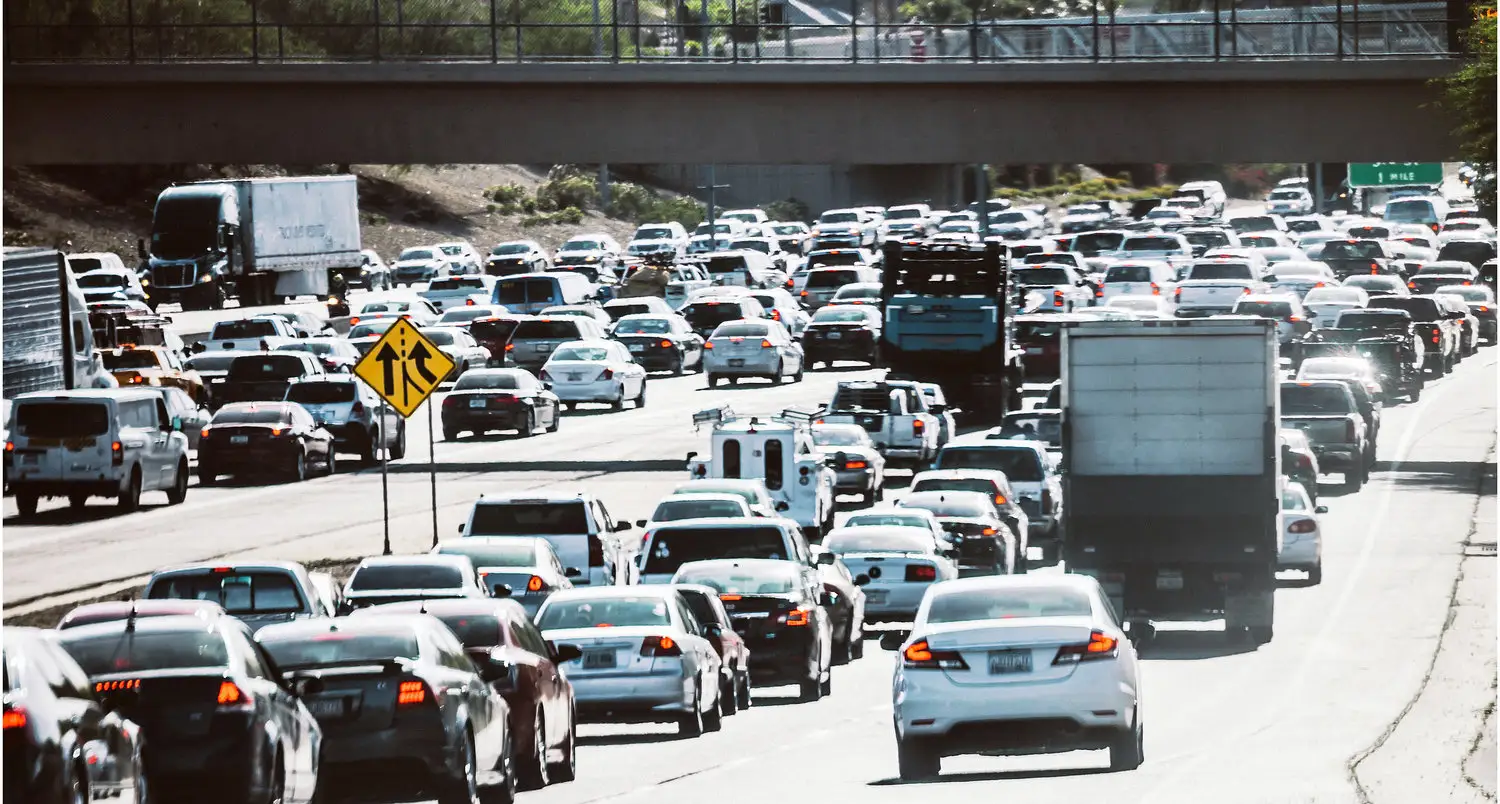Safety Newsletter – July 2022
Summer Driving Challenges
Summer presents its fair share of driving challenges. With longer daylight hours and outdoor activities competing for our attention, it can be more difficult to get appropriate rest before each driving cycle. Combine that with more highway construction, soaring heat indexes and the increased number of motorists on vacation – driving in unfamiliar locations who are often fatigued or distracted – and you have a recipe for disaster. Here are some tips for driving safely in the summer:
- Before leaving, monitor weather conditions to know what to expect on your trip.
- Limit your exposure to direct sunlight as much as possible. Drink more fluids. It’s best not to drink caffeine, alcohol or large amounts of sugar as these can all dehydrate you. Sport drinks are good as they replace electrolytes and salt in your body. Avoid extremely cold liquids as these can cause stomach cramps. Drink often throughout the day, ideally 4-6 ounces at a time.
- Wear lightweight, light-colored, loose-fitting clothing that does not create a safety hazard for your work environment. If outdoors, wear a hat to reduce direct exposure to the sun.
- Consider packing a cooler with water for the day.
- Plan your trips to give yourself a little extra time to handle the increased congestion, especially around urban areas, vacation destinations and road construction.
- Before leaving the yard, conduct thorough a pre-trip inspection. Heat can put added stress on equipment, and you want to make sure your rig is in top operating condition. Pay particular attention to tires to ensure they are properly inflated and there is no irregular wear or other damage. Hot summer temperatures, under-inflated tires, heavy loads and traveling at high speeds combine are a recipe for tire disaster.
- Once underway, watch for cars overloaded with gear. This can be a good indication of someone on their way to or from vacation. This can be a potentially distracted driver, unfamiliar with the area, who may have been driving for too long, and whose field of vision is impaired. In any case, expect the unexpected.
- In addition, be alert to construction zones and slow down. Speeding is one of the major causes of work zone crashes. Keep a safe distance between you and the car ahead of you. The most common crash in a highway work zone is the rear-end collision. Be aware many motorists will use your vehicle as a wedge to dash to the front of the queue and dart in at the last minute from your right or left blind spots. Anticipate such behavior.
- Pay attention to the signs and road crew flaggers. They are there to help you and other drivers move safely through the work zone. Observe the posted signs until you see the one that says you’ve left the work zone.
- Above all, remain patient and stay calm. Summer driving hazards exist. A little more preparation and vigilance on your part will help avoid the potential for disaster, even if you are not at fault.

